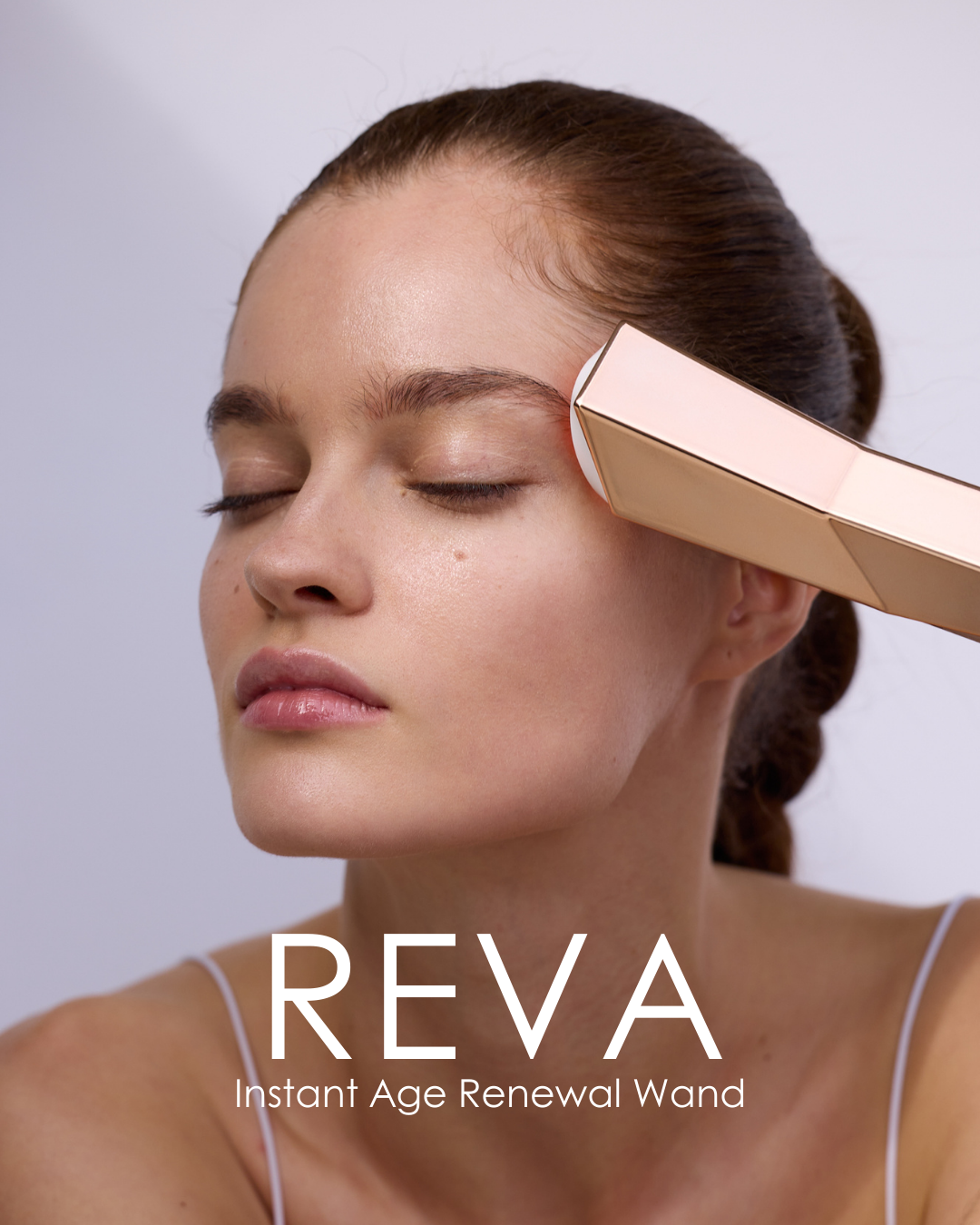
Blue and Red Light vs Red Light Therapy Alone
IN THIS ARTICLE:
- 01 What Is LED Light Therapy?
- 02 What is Red Light Therapy?
- 03 What is Blue Light Therapy?
- 04 What is the Difference Between Red and Blue Light Therapy?
- 05 Can You Combine Red and Blue Light Therapy?
- 06 What are the Benefits of Combining Red and Blue Light?
- 07 Is There Scientific Evidence Supporting the Effectiveness of Red and Blue Light Therapy for Skin Health?
- 08 The Takeaway
4-minute read
What Is LED Light Therapy?
Simply put, LED Light Therapy is the therapeutic application of varying light wavelengths to improve skin health and appearance. LED light therapy has up to 7-color wavelengths plus the deeper infrared light therapy where wavelengths penetrate beyond the skin to target tissue, joints, muscles and nerves. Each wavelength penetrates the skin at different depths making it a comprehensive skin treatment. But is there any one best color for an LED light therapy mask? This article explores two popular wavelengths in LED light therapy—blue and red light—and examines whether combining them could lead to faster, more effective results.
What is Red Light Therapy?
Red light therapy is the deepest LED wavelength at about 630-700nm, with the exception of infrared light with wavelengths ranging between 800-900nm. Red light therapy has both aesthetic and medical applications going beyond anti-aging to include wound healing and tissue repair, hair loss, improved joint health, and improved sleep and mood. Red light therapy boosts skin health, smooths fine lines, and triggers collagen production by increasing the activity of the mitochondria - the powerhouse of the cell. By boosting mitochondrial activity, the cell functions more optimally - ie how a younger cell would. Increased cellular activity triggers the release of ATP, the chemical responsible for producing collagen, hyaluronic acid, and elastin - key structural proteins allowing the face to retain its youthful elasticity and firmness. Red light therapy also creates oxidative stress in the cells, this low-level stress triggers cells to create free radicals and kickstart the body’s anti-oxidant and anti-inflammatory defense systems.
What is Blue Light Therapy?
Blue light therapy is the shortest of all the LED light therapy wavelengths ranging from 420-490nm. It works on the outer or epidermal layer of the skin and just below the skin’s surface. A powerful acne treatment, blue light destroys porphyrins, compounds found in acne-causing bacteria to clear and prevent acne breakouts. Blue light also reaches the sebaceous (oil) glands to regulate excess oil production. Blue light also has an anti-inflammatory impact on the skin cells known as keratinocytes found on the outer skin layer.
What is the Difference Between Red and Blue Light Therapy?
The main difference between red and blue light therapy is their wavelengths and how these wavelengths trigger cellular responses. Red light penetrates substantially further into the skin triggering responses in the dermal layer of the skin. Collagen is produced by cells called fibroblasts primarily found in the dermis. Blue light works on the epidermal or outer layer of the skin to eliminate bacteria and reduce inflammation.
|
Red Light Therapy |
Blue Light Therapy |
|
|
Wavelengths |
630-700nm |
420-490nm |
|
Skin Layer |
Dermis |
Epidermis |
|
Treats |
Wrinkles, skin elasticity, pain, inflammation, uneven skin tone, overall skin rejuvenation |
Acne, oil production, scars, inflammation, protects against free radical damage |
Can You Combine Red and Blue Light Therapy?
Yes, combining red and blue light therapy is an effective treatment choice, which is why many at-home LED masks offer both red and blue treatment modes. It is useful not to think of each technology in a narrow sense, they are not mutually exclusive, and using both together can accelerate results. For example, blue light reduces inflammation which has anti-aging benefits, long-term inflammation contributes to premature aging and tissue damage leading to the appearance of fine lines and wrinkles. Conversely, increasing collagen production can aid in repairing damaged skin caused by acne breakouts or long-term acne scarring. It is useful to think not of red light therapy vs blue light therapy, but of red and blue light therapy working in harmony, mutually enhancing overall skin health.
What are the Benefits of Combining Red and Blue Light?
- Stimulates cellular regeneration
- Boost circulation and skin oxygenation
- Reduces inflammation
- Promotes healing
Is There Scientific Evidence Supporting the Effectiveness of Red and Blue Light Therapy for Skin Health?
Yes, many studies have demonstrated the effectiveness of a combined approach. One 2006 study found an 82.5% reduction in acne after 4 weeks with a combined blue/red light treatment course. Another 2015 study found that a combination of red and blue reduced both inflammatory and non-inflammatroy acne lesions by 77% over 12 weeks. This study also established that red and blue light together were more effective for acne than blue and infrared light.
LumaLux Dome | Face & Body LED Light Therapy Device
8 wavelength full body LED light therapy device for skin rejuvenation, fine lines, acne, muscle recovery and mood boost
The Takeaway
Red light therapy is commonly used for anti-aging, while blue light therapy targets acne, but it’s important not to take a one-dimensional approach to LED light therapy. Red light can significantly impact acne treatment, and blue light contributes to healthy aging by reducing surface-level inflammation. Since each wavelength targets different layers of the skin, combining both therapies enhances overall effectiveness, leading to faster, more comprehensive results, regardless of your primary skin concern.

written by Charlotte Rycroft

















Leave a comment
This site is protected by hCaptcha and the hCaptcha Privacy Policy and Terms of Service apply.